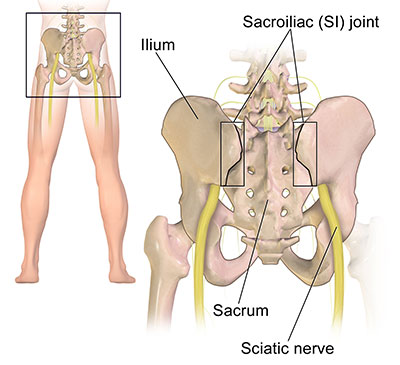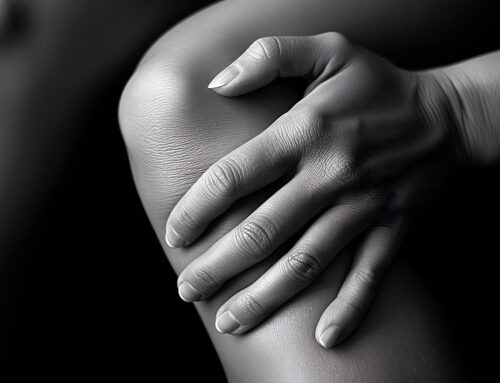Sciatic Symptoms and The “Flip” Test
Sciatica is a common complaint at our clinic and has been the topic of sciatic blogs. As we’ve mentioned in the past, there are various causes for “sciatic” symptoms. These causes can include a lumbar disc injury (herniation) or lumbar stenosis to name a few. The symptoms of sciatica can range from leg pain, numbness, tingling, pins and needles, sharp pain and also dull throbbing pain. Quite often, the challenge is to determine where and why the nerve is compressed or irritated.
Clinical History and Examination
The journey toward sciatica diagnosis starts with a clinical history and examination. On occasion, advanced tests like MRI, CT or nerve conduction is required, but under most circumstances we try to avoid tests that won’t change the course of treatment. This is why the initial orthopedic examination is very important and the application of orthopedic tests requires a keen knowledge of the reliability of the different tests. Perhaps this blog entry is more for the practitioners out there…
The Flip Test Procedure
The Flip test has traditionally been used to determine whether there is nerve tension (nerve irritation related to a spinal condition like a disc herniation). This test is similar to a slump test. To perform the Flip test, the patient sits on the edge of a table with the legs dangling. The painful/symptomatic leg is extended and if the patient puts their hands on the table and “flips” backward, the test is positive. Surprisingly, this test has never really been tested in a scientific setting! This seems to occur often, where an idea persists for so long that it becomes accepted as fact, regardless of there not being any true scientific study performed.
A study published in the Journal Spine (2009) investigated whether the flip test was reliable for finding nerve root tension. The subjects in the study were patients with confirmed nerve compression on MRI. Interestingly, the authors of the paper found that the flip test wasn’t quite as reliable as many would think. Unfortunately, only a third of the patients displayed a positive “flip” while another third didn’t even react at all. Keep in mind; this is all on patients with confirmed nerve impingement! So what does this mean for patients and practitioners? As with most orthopedic tests, an astute clinician needs to combine the findings of the history as well as using more than one orthopedic test. Sometimes a test may not be reliable on its own, but when used in conjunction with a battery of tests it can help diagnose a person’s condition.
If you’re not a practitioner you’d probably find this blog entry confusing. Perhaps then the take-home point for any patients reading this entry is that if you have sciatic symptoms (numbness, tingling, pins and needles) a knowledgeable practitioner can perform an examination that helps to determine the source of pain. Once that has been achieved a course of treatment can be outlined.
Located in Burlington Ontario, Burlington Sports Therapy treats injuries for people in Burlington, Oakville, Hamilton and the surrounding areas. Injured? In pain? We can help… give us a call!








